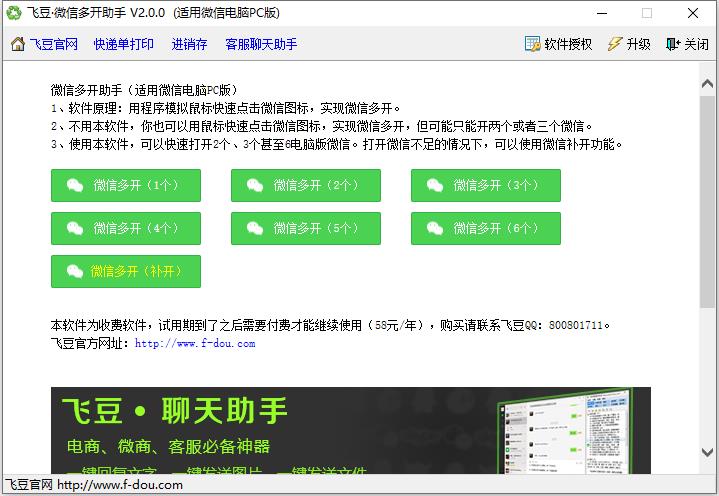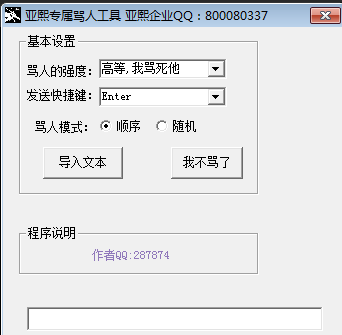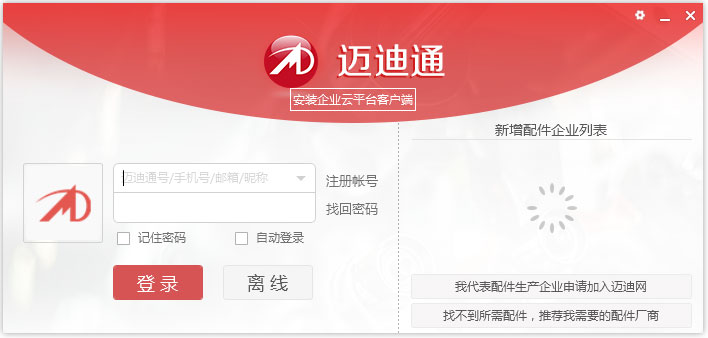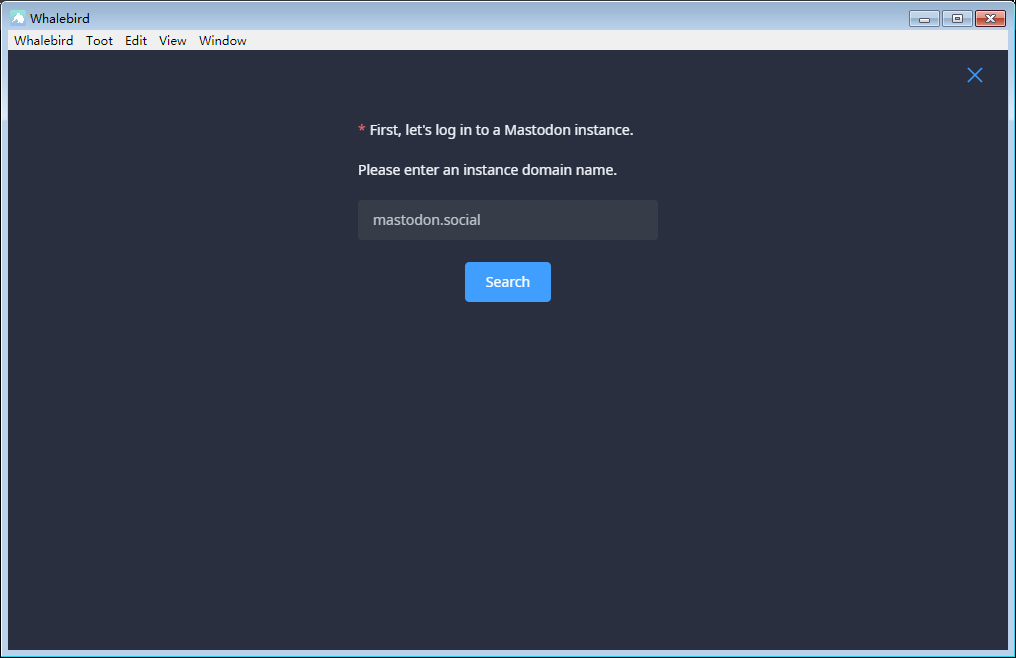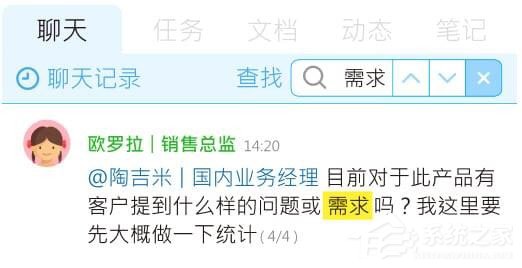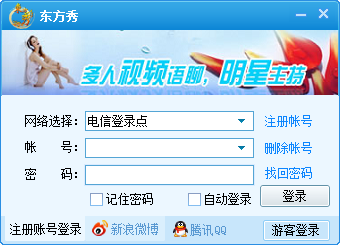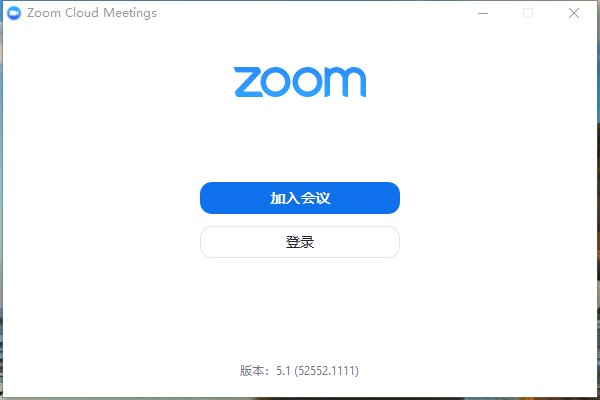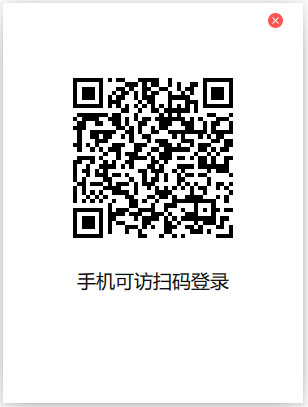vuejs2和1的区别是什么
时间:2022-02-11 17:46
区别:1、vue2中使用v-for指令时可以添加重复的内容,vue1不行;2、vue2有过滤器,vue1没有;3、组件间通讯方式不同;4、生命周期不同等等。 本教程操作环境:windows7系统、vue2.9.6版,DELL G3电脑。 区别1: 在vue2中使用v-for指令时它可以添加重复的内容,就像可以添加相同的留言内容,下面我们来看一下 在写代码的时候首先要引入的是vue2js文件。 html代码: js代码: 但是,还有一点不同的地方就是没有$index了,在vue1中是有的,但我们可以手动添加$index 区别2: 我们在vue2中跟vue1中有一个很大的区别就是没有过滤器!!!我们用着过滤器的时候要要自己定义。 区别3: 再者我们在使用组件之间的通讯时也不同,下面我们来看一下: html代码: js代码: 这不是vue2中的方法但是我们可以使用这种方法来解决问题。 区别4: 有一个最基本的区别就是我们在定义模板的时应该把模板的东西用一个大盒子包起来。 区别5: 对于生命周期也是有所不同的,我们vue2中的生命周期是这样的 最后我们来看一下单一事件中管理组件通讯 html: js代码: 相关推荐:《vue.js教程》 以上就是vuejs2和1的区别是什么的详细内容,更多请关注gxlsystem.com其它相关文章!
<div id="box">
<input type="button" value="添加" @click="add()">
<ul>
<li v-for="item in arr">{{item}}</li>
</ul>
</div>window.onload=function () {
new Vue({
el:"#box",
data:{
arr:[1,2,3,4,5,6]
},
methods: {
add:function () {
this.arr.unshift("1")
}
}
})
}<div id="box">
<input type="button" value="添加" @click="add()">
<ul>
<li v-for="(val,index) in arr">{{val}}------->{{index}}</li>
</ul>
</div><div id="div">
我是父组件---->{{emitData.msg}}<br>
<child-com :m="emitData"></child-com>
</div>
</body>
</html>
<template id="tpl">
<div>
<span>我是子组件----></span>
{{m.msg}}<br>
<input type="button" value="change" @click="change()"/>
</div>
</template>window.onload = function(){
new Vue({
el:"#div",
data:{
emitData:{ //写为json 原理:js中对象的引用
msg:"我是父组件数据"
}
},
components:{
'child-com':{
props:['m'],
template:"#tpl",
methods:{
change(){
this.m.msg='变了';
}
}
}
}
})
}<template id="tpl">
<div><h3>3333333</h3><strong>strong</strong></div>
</template>window.onload=function () {
new Vue({
el:"#box",
data:{
msg:"lalalal"
},
beforeCreate () {
alert("实例创建之前")
},
created() {
alert("实例创建完成")
},
beforeMount() {
alert("数据编译之前")
},
mounted() {
alert("数据编译完成")
},
beforeUpdate:function () {
console.log("数据更新之前")
},
updated:function () {
console.log("数据解析完成")
},
beforeDestroy:function () {
alert("数据销毁之前")
},
destroyed:function () {
alert("数据销毁完成")
}
})
}<div id="div">
<com-a></com-a>
<com-b></com-b>
<com-c></com-c>
</div><script>
window.onload = function(){
const event=new Vue;
const A={
template:`
<div>
<span>我是A组件---------></span>{{msg1}}
<input type="button" value="把a组件的数据传给c" @click="send()">
</div>
`,
data(){
return{
msg1:"我是A组件的数据"
}
},
methods:{
send(){
event.$emit("a-data",this.msg1)
}
}
};
const B={
template:`
<div>
<span>我是B组件---------></span>{{msg2}}
<input type="button" value="把b组件的数据传给c" @click="send()">
</div>
`,
data(){
return{
msg2:"我是B组件的数据"
}
},
methods:{
send(){
event.$emit("b-data",this.msg2)
}
}
};
const C={
template:`
<div>
<h3>我是C组件</h3>
<span>接收到A的数据--->{{a}}</span><br/>
<span>接收到B的数据--->{{b}}</span>
</div>
`,
data(){
return{
a:"a",
b:"b"
}
},
mounted(){
event.$on("a-data",function (a) {
this.a=a;
}.bind(this));
event.$on("b-data",function (b) {
this.b=b
}.bind(this))
}
};
new Vue({
el:"#div",
data:{
msg:"我是父组件数据"
},
components:{
"com-a":A,
"com-b":B,
"com-c":C
}
})
}
</script>
